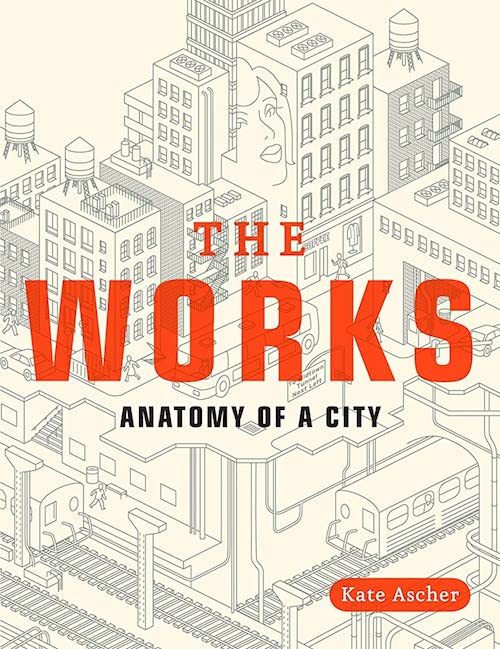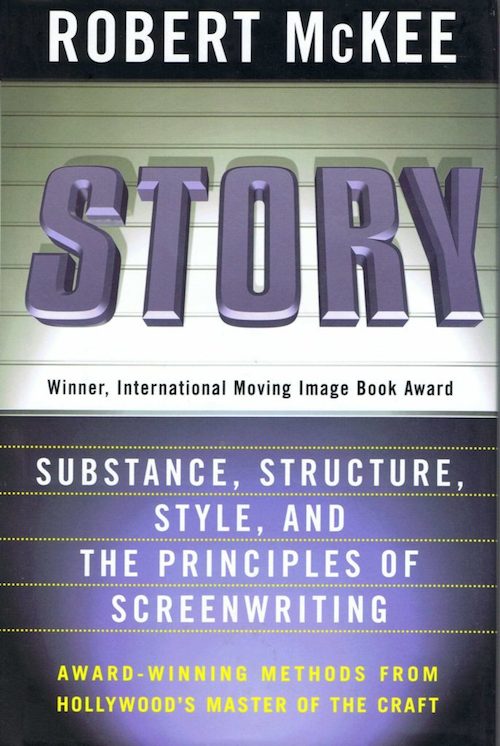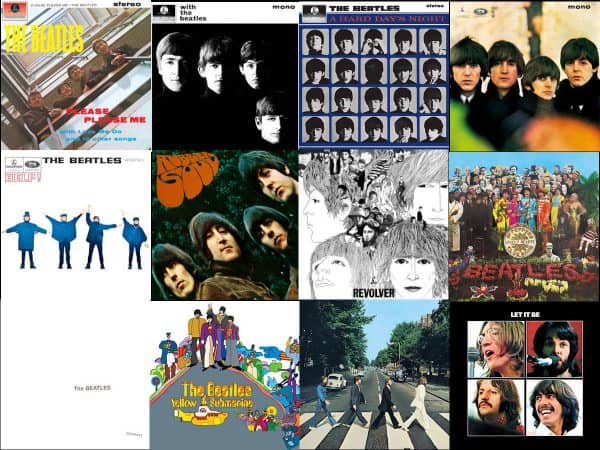
The sole skyscraper in central Paris celebrated its fiftieth anniversary recently, though “celebrate” may not be le mot juste. When the city’s official Twitter account wished the Tour Montparnasse (“Montparnasse Tower”) a happy birthday, the responses were hostile even by the standards of that platform, ranging from “Quelle horreur” to “La pire chose qui soit arrivée à Paris depuis les Nazis” (“The worst thing to happen to Paris since the Nazis”) to simply “Non.” Since I happened to be in town, I went to visit Paris’s least beloved building for the commemoration of its first half century. Nothing was out of the ordinary for a quiet Sunday afternoon: Falun Gong members sat in cross-legged protest on the concrete plaza; rough sleepers huddled against the walls and stairways of the complex’s shopping center; T-shirted tourists went straight up to, and came straight down from, the fifty-sixth floor.
That floor is occupied by a panoramic observation deck, which offers the most expansive view of Paris from above—and, more important, the only such view that doesn’t show the Tour Montparnasse itself. That oft-heard half-joke repurposes a similarly waspish remark attributed to the playwright Tristan Bernard about the Eiffel Tower, which, despite his resentment, has become a globally beloved symbol of French civilization. It’s a rare Paris postcard that fails to include the older tower, and a rarer Paris postcard still that fails to exclude the newer one. (Even the hooded sweatshirts for sale in the Tour Montparnasse’s own gift shop bear the image of the Eiffel Tower.) Nowhere else has such a physically conspicuous building arguably made so little obvious cultural impact; if, after fifty years, Parisians no longer ignore the Tour Montparnasse, that may be because they no longer see it in the first place.
Read the whole thing at the New Yorker.








